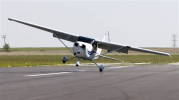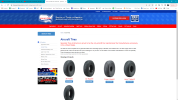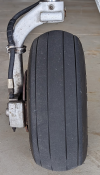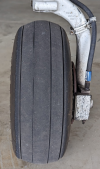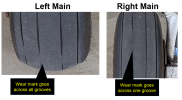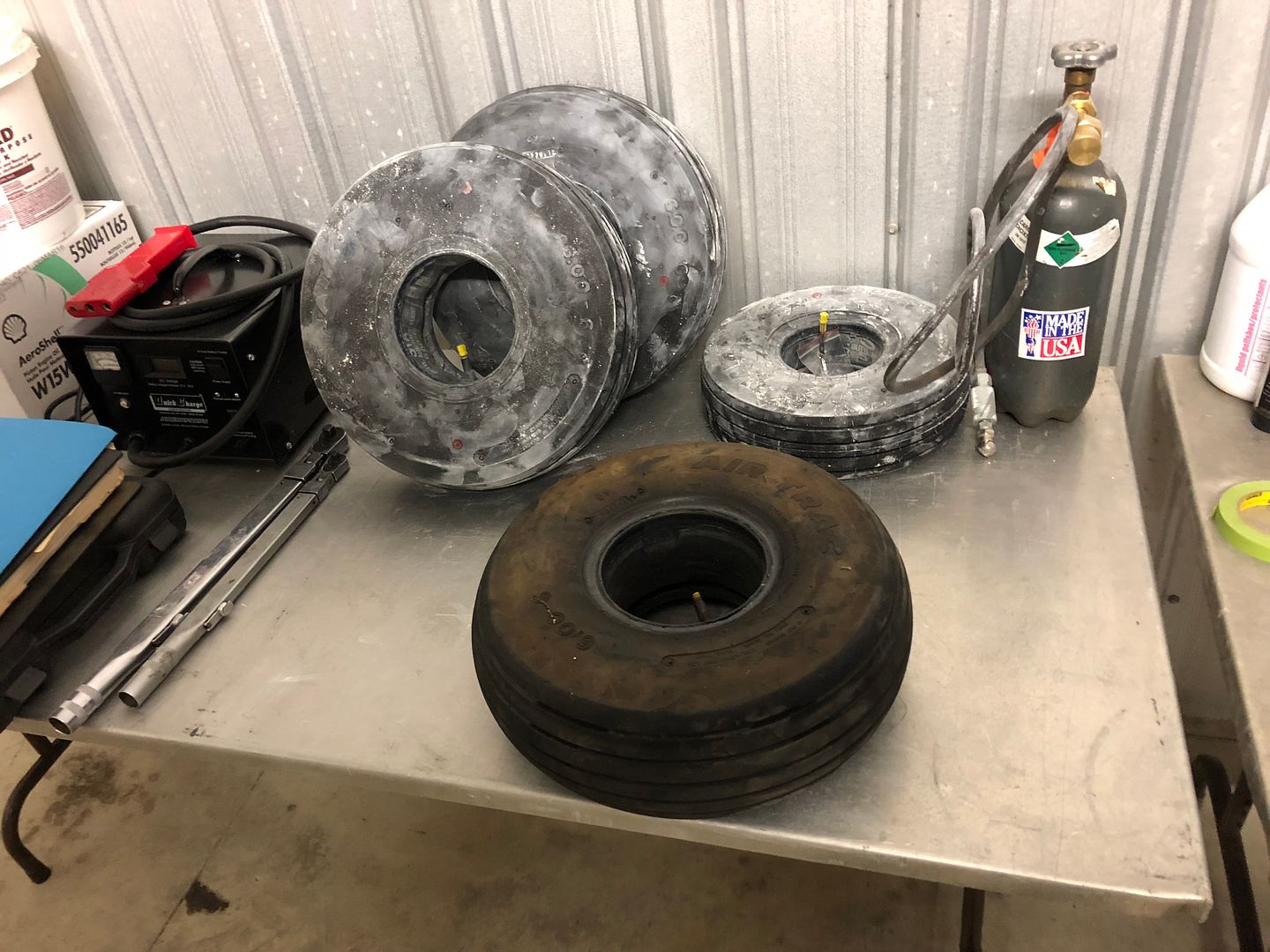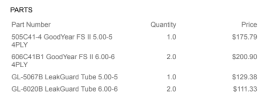- Joined
- Jul 17, 2019
- Messages
- 1,933
- Location
- Chicago suburbs
- Display Name
Display name:
The Little Arrow That Could
I got new tires in 2020 and recently I noticed that my right main is wearing substantially more than my left (flown 475h in plane since new). I'm planning to replace both tires in the next couple months so I can start fresh.
I suspect that I'm slightly harder on the right brake, maybe inadvertently touching the toe-brake on takeoff when I'm putting on right-rudder... curious if that explanation would make sense? Or would there be another likely culprit?
The last dozen flights or so I've been particularly mindful of this on takeoff and touchdown to try and make sure I'm applying as evenly as possible (touchdown seems like less of an issue).
On that note -- I've never done research on tires/tubes. If I'm having them replaced are there any recommendations on kind/brand to use? Or does it not make a difference...
I suspect that I'm slightly harder on the right brake, maybe inadvertently touching the toe-brake on takeoff when I'm putting on right-rudder... curious if that explanation would make sense? Or would there be another likely culprit?
The last dozen flights or so I've been particularly mindful of this on takeoff and touchdown to try and make sure I'm applying as evenly as possible (touchdown seems like less of an issue).
On that note -- I've never done research on tires/tubes. If I'm having them replaced are there any recommendations on kind/brand to use? Or does it not make a difference...
Last edited:


